Institutional repositories
Each higher education or research institution can request the creation of an institutional space in order to deposit and publish its research data. Below are the repositories already open:
-
Université Paris Nanterre
Université Paris Nanterre
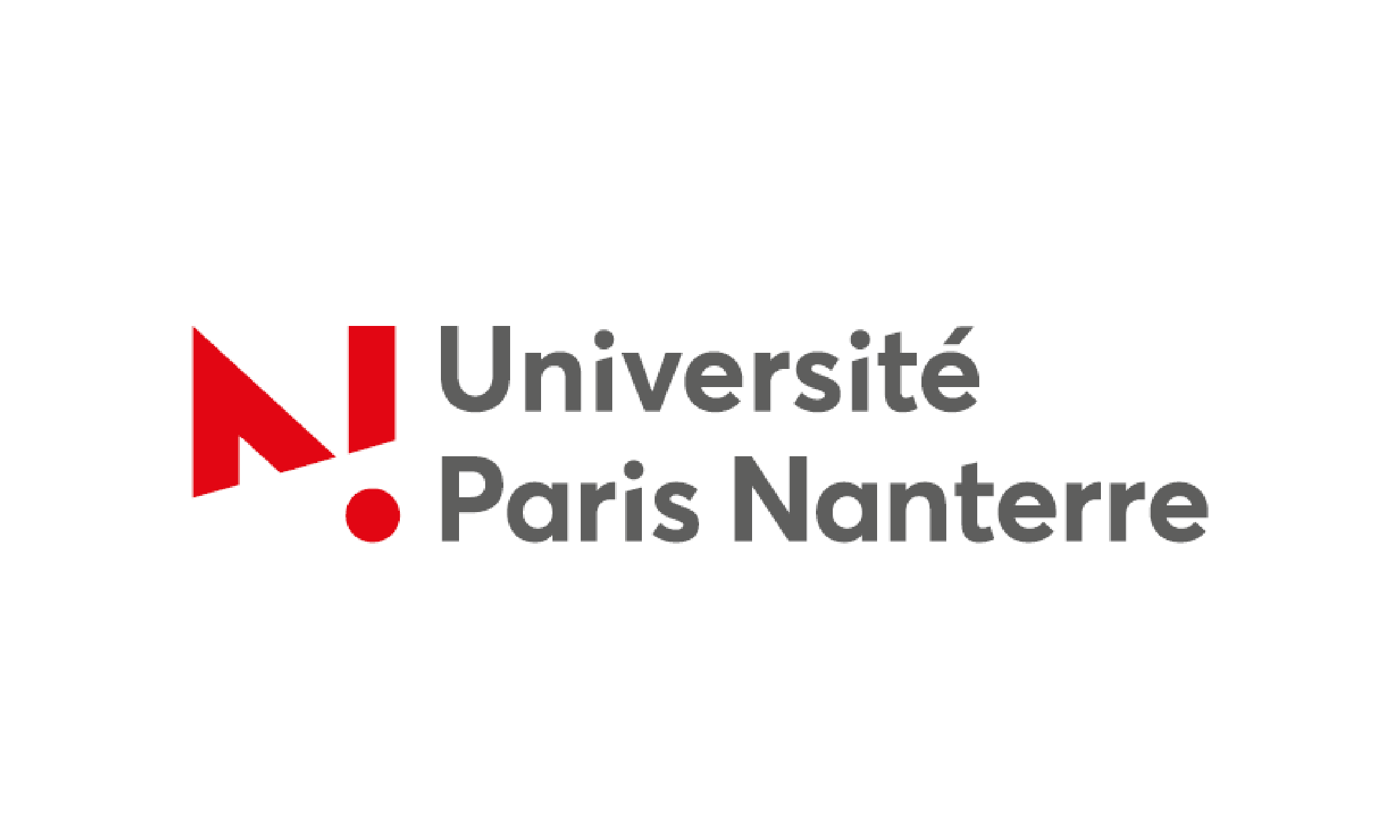
From its very creation in the 1960s, University Paris Nanterre has dedicated itself to being a new type of institution of higher education. An institution of learning and research whose defining characteristics are its vibrant campus life, educational innovation and scientific research with a social dimension. University Paris Nanterre is located to the west of the greater Paris area, just next to the largest business district in Europe and in a dynamic area full of major urban developments. The Nanterre campus reflects the University’s forward-looking policy with respect to sports and cultural activities, environmental commitment and solidarity actions. In addition to its main campus in Nanterre, the University also has satellite sites in nearby Saint-Cloud and La Défense.
Today University Paris Nanterre has 34,000 students in undergraduate, postgraduate and professional continuing education with more than 20% of the student body from a foreign country. There are over 1,000 research professors and researchers in all disciplines of social and human sciences (law, economics, management, arts, humanities and languages, philosophy, linguistics, information and communication sciences, psychology and education, history, archaeology, anthropology, sociology, geography) as well as in sports sciences and physical education, mathematics, computer science and engineering.
University Paris Nanterre is a member of an Association of Higher Education and Research Institutions known as Université Paris Lumières. The University of Paris 8 and the CNRS research institute also belong to this prestigious grouping of institutions of higher learning. The INS-HEA (special educational needs and disability studies) and ENS Louis Lumière (National Film, Photography & Sound Engineering School) as well as numerous cultural institutions of both French and international renown (Louvre Museum, National Library of France, Quai Branly Museum, Centre Georges Pompidou, National Archives, INA – National Audiovisual Institute, History and Immigration Museum, etc. ) are also part of this exceptional educational initiative. This association is one of the leading educational and research bodies in France in the field of social and human sciences. -
Université Paris-Saclay
Université Paris-Saclay
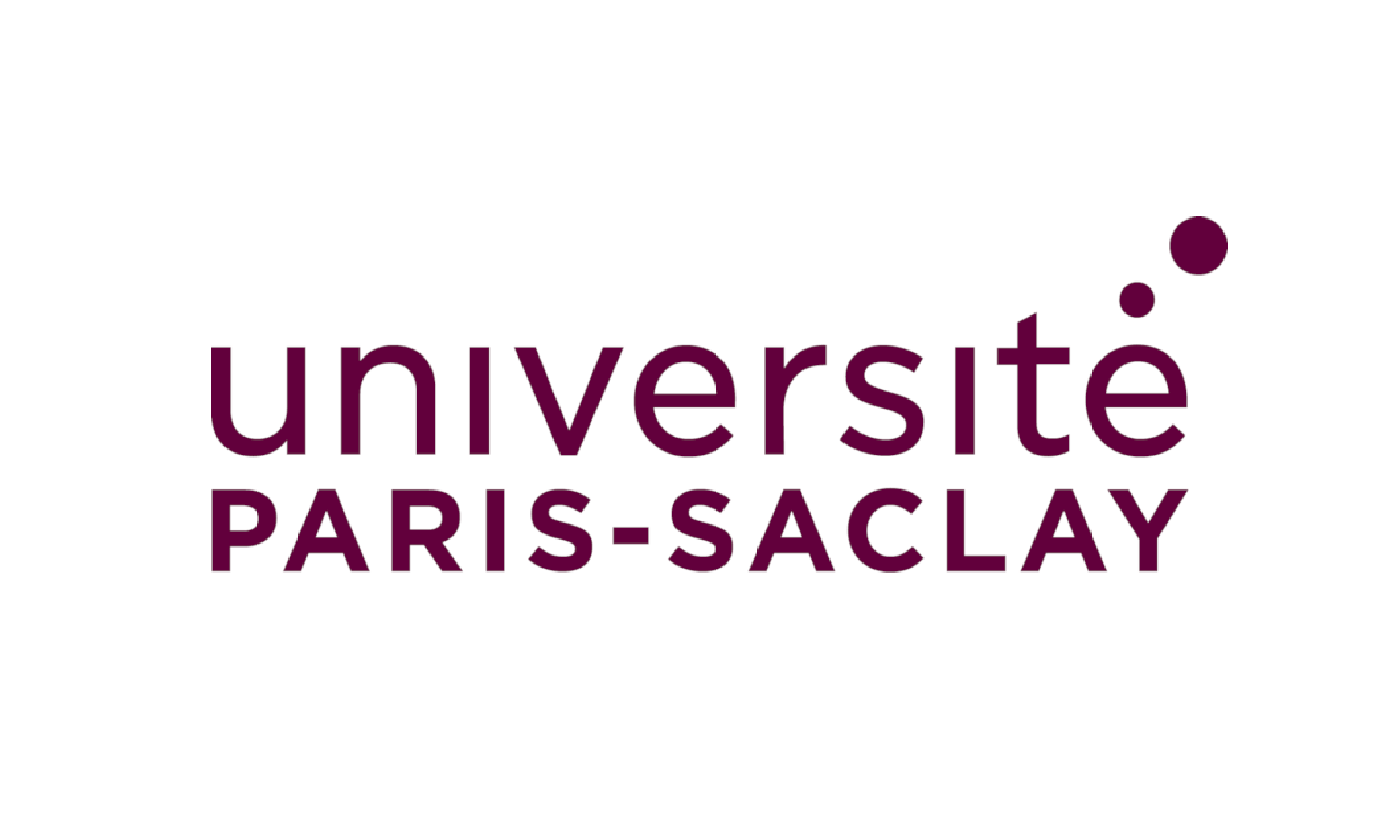
Université Paris-Saclay was born from the shared ambition of French universities, grandes écoles and national research organisations. As a leading university in Europe and the world, it covers the fields of science and engineering, life sciences and health, and humanities and social sciences. The university’s science policy closely intertwines research and innovation, incorporating both basic and applied science to tackle major societal challenges.
Université Paris-Saclay offers a varied range of undergraduate to doctorate level degrees, including programmes with its grandes écoles, all of which are focused on achieving student success and employability. The university prepares students for an ever-changing world where the ability to think critically, remain agile and renew one’s skills are crucial. Université Paris-Saclay also offers a comprehensive range of lifelong learning courses.
Located to the south of Paris, the university extends across a vast and rich local area. Its location strengthens both its international visibility and its close ties with its socio-economic partners (major companies, SMEs, start-ups, local authorities, charities).
Université Paris-Saclay brings together:
- 5 teaching and research faculties: Law-Economics-Management, Medicine, Pharmacy, Science, Sports Sciences
- 3 technical university institutes (IUT): Cachan IUT, Orsay IUT, Sceaux IUT
- 1 university engineering school: Polytech Paris-Saclay
- 4 Grandes écoles: CentraleSupélec,AgroParisTech, Ecole Normale Supérieure Paris-Saclay, Institut d'Optique Graduate School
- 2 associate institutions: Université de Versailles Saint-Quentin-en-Yvelines (UVSQ), Université d'Evry
Together, the university’s faculties and institutions offer a comprehensive and varied range of Undergraduate, Master’s and PhD programmes, built firmly on cutting-edge research. The university embraces an international outlook, and is a member of the European university alliance, EUGLOH.
-
Université Toulouse Capitole
Université Toulouse Capitole
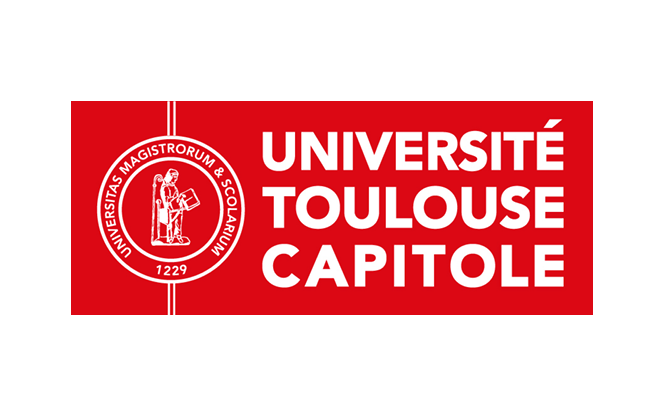
Toulouse Capitole University has been committed to excellence and professionalism since it was founded in 1970, and traces its origins back to the Faculty of Canon Law created in 1229 by King Saint Louis. Today, it is a university of law, economics and management that favours international networks to encourage scientific collaboration and student and teacher-researcher exchanges.
Toulouse Capitole University is also a member of the Communauté d’universités et établissements de Toulouse alongside 30 other higher education establishments and research bodies in 11 towns and 8 departments.
It is one of only two higher education establishments in France to be listed in the world's top 100 in the Shanghai ranking, economics/business section.
Toulouse Capitole University is a centre of excellence for research in Law, Political Science, Economics and Management.
Research is one of the University's core activities and international influence is one of the University's key priorities.
-
Université Toulouse Jean-Jaurès
Université Toulouse Jean-Jaurès
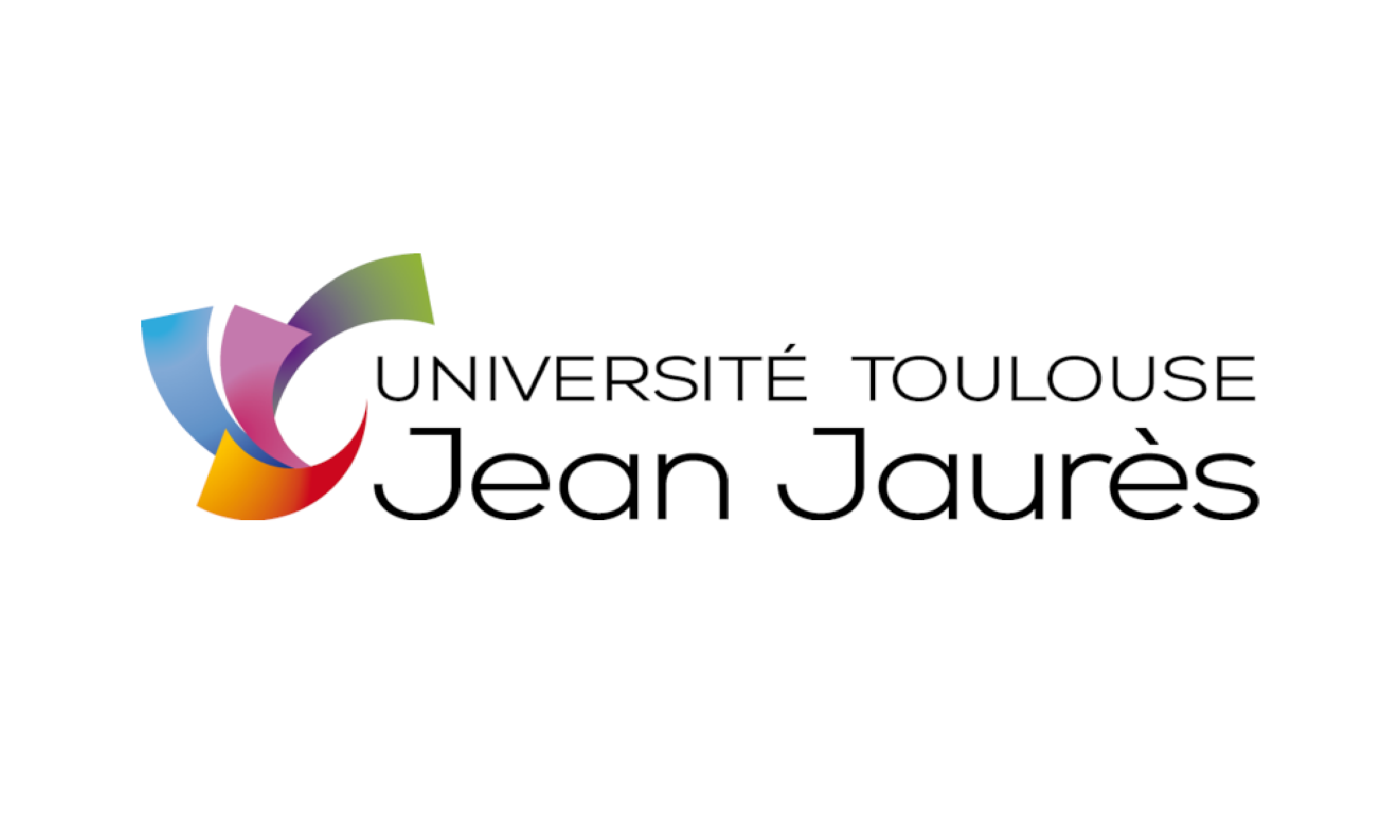
L’Université Toulouse - Jean Jaurès, université d’arts, lettres et langues et sciences humaines et sociales, est membre fondateur de l'Université Fédérale Toulouse Midi-Pyrénées.
Héritière de la faculté des lettres, elle s’enracine dans une tradition de plusieurs siècles et s’inscrit dans une longue tradition d’humanisme et d’ouverture disciplinaire.
Créée en 1229, elle connaît au XVIème siècle, une grande renommée, puisqu’elle accueille des humanistes prestigieux tels Michel Servet, Étienne Dolet, Michel de l'Hospital, Rabelais et probablement Montaigne.
En 1808, devenue Université impériale, elle regroupe les Facultés de Théologie Catholique et Protestante, des Lettres, de Droit, des Sciences et une école de Médecine.
Au XXe siècle, l'Université des Lettres atteint son plein développement : elle quitte le centre ville en 1968 pour s'installer définitivement en 1971 dans le nouveau quartier du Mirail. -
University of Bordeaux (UBx)
University of Bordeaux (UBx)
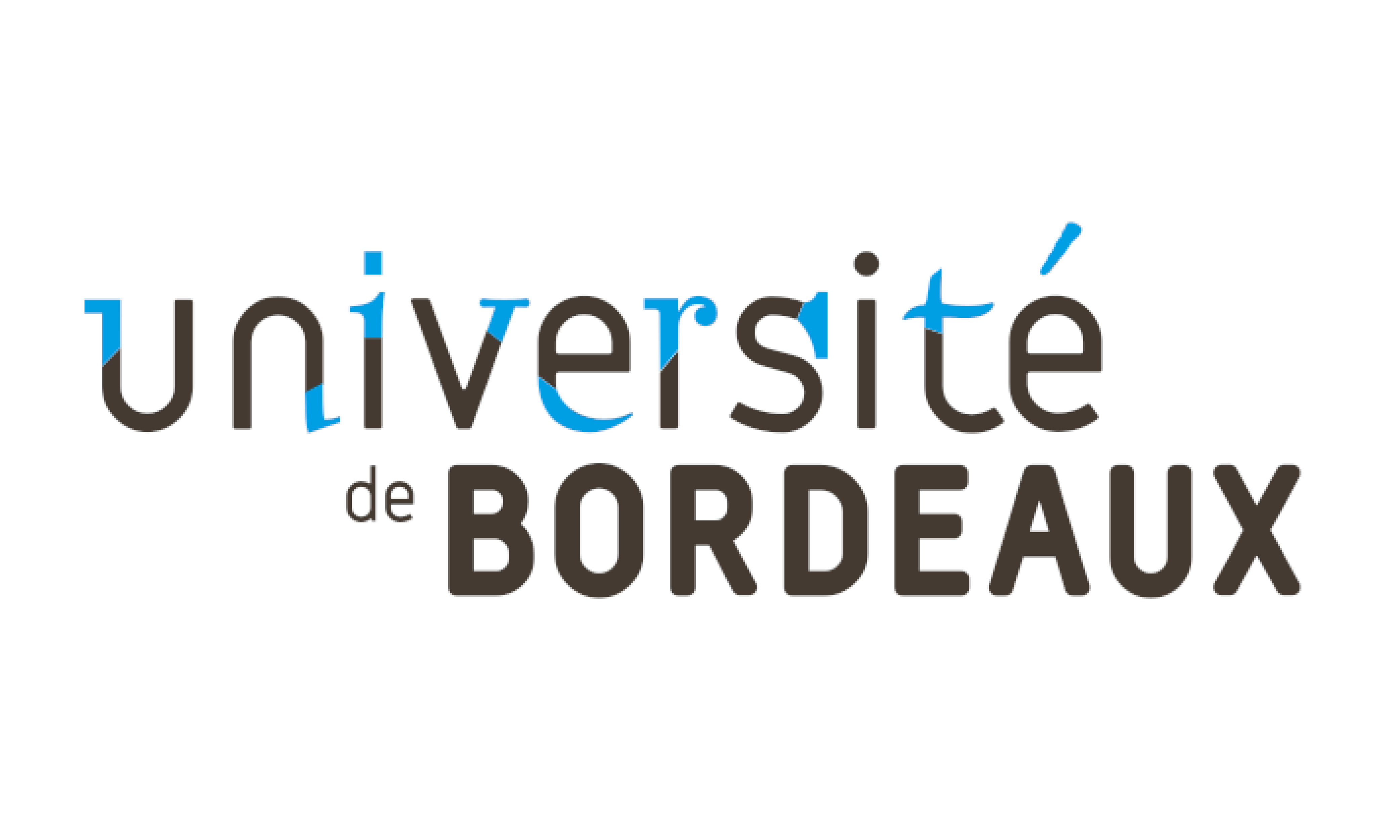
The University of Bordeaux is a multidisciplinary and international research university with a history spanning nearly six centuries. With nearly 56,000 students and 6,000 staff, including nearly 3,200 lecturer-researchers and researchers, it is a major player in the region and one of the largest universities in France, recognised for the excellence of its research, the quality of its degrees and its capacity for innovation.
-
University of Caen Normandy (Data Unicaen)
University of Caen Normandy (Data Unicaen)
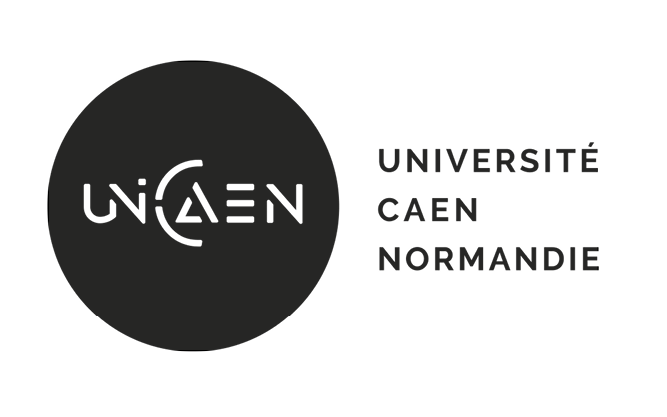
The University of Caen Normandy is a multidisciplinary university, structured around three research areas : Integrative biology, Imaging, Health, Environment ; Humanities & Social Sciences ; Science and Technology. The university has 41 research units ; 12 federative structures and 4 service units. The institutional space Data Unicaen collects research datas produced by the members of the University of Caen Normandy or in partnership with them. The University of Caen Normandy is a member of the Atelier de la Donnée en Normandie (Normandy Data management cluster). This cluster proposes training courses for all researchers in Normandy. You want to deposit data on Data Unicaen ? The desk Data Unicaen is at your service. To contact it, click here.
-
University of Montpellier
University of Montpellier
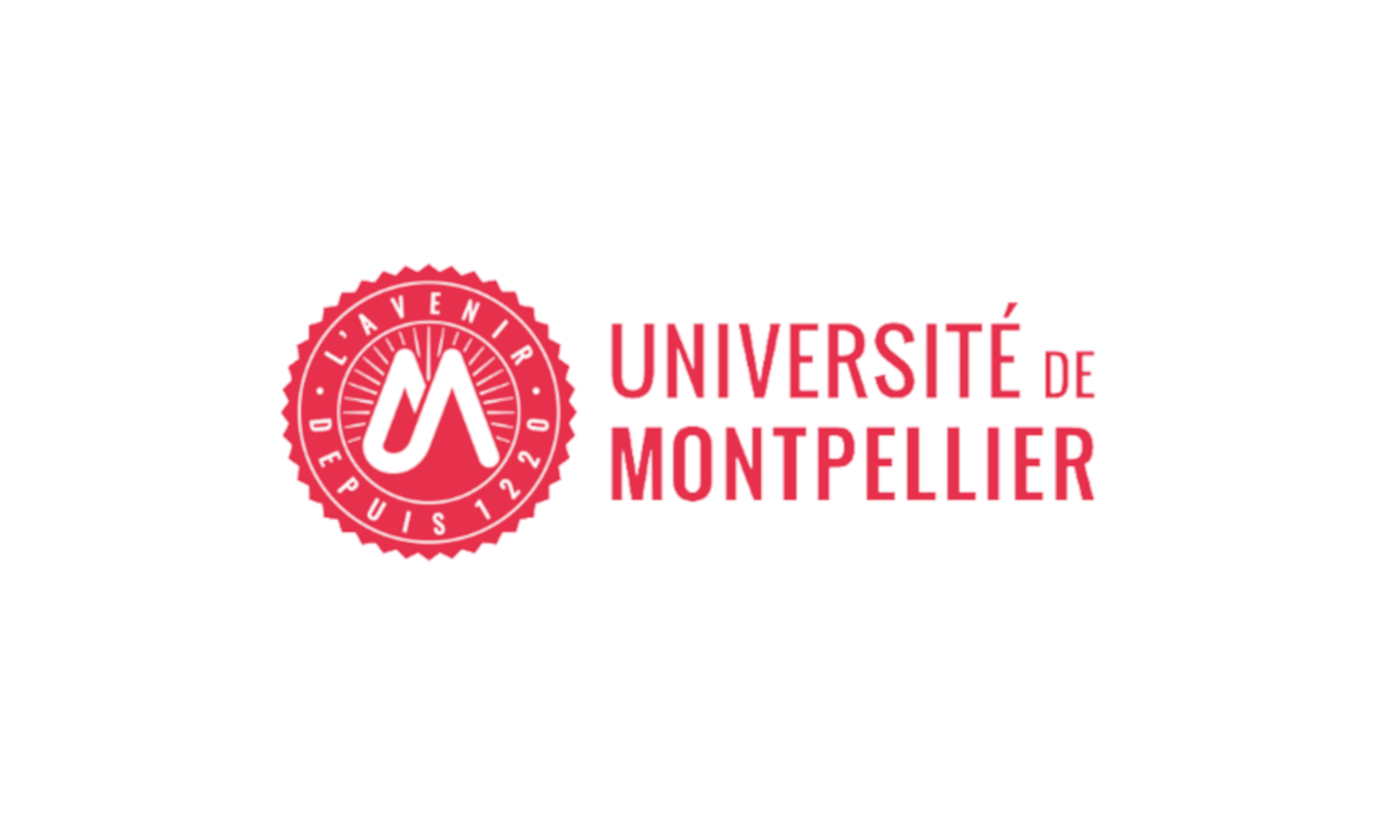
The University of Montpellier, which has been awarded the I-Site label (France 2030), is an intensive, multidisciplinary research university with more than 70 research facilities in the following scientific fields:- Agriculture, Environment, Biodiversity,
- Biology-Health,
- Chemistry,
- Mathematics, Computer Science, Physics, Systems,
- Social Sciences.
-
University of Montpellier Paul-Valéry (UMPV)
University of Montpellier Paul-Valéry (UMPV)
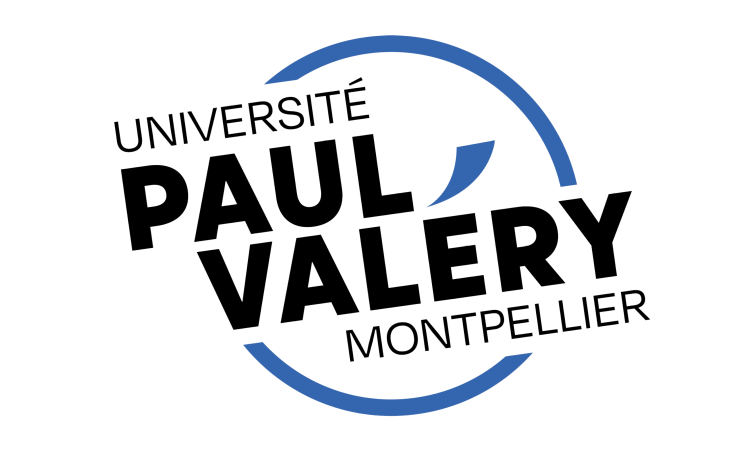
The University of Montpellier Paul-Valéry, heir to an academic tradition dating back to 1289, specializes in literature, languages, arts, humanities, and social sciences. Hosting around 20,000 students and offering more than 100 degrees, ranging from bachelor's to doctoral programs, it places a strong emphasis on research and educational innovation. It promotes student and academic mobility through partnerships with international institutions. Its vibrant campus, equipped with modern and attractive facilities (new university library, a theater, and a museum), provides an environment that fosters intellectual and cultural development.
In 2025, the university partnered with the National Superior School of Architecture of Montpellier (ENSAM) and the International Center for Medieval Music (CIMM) to become an Experimental Public Institution (EPE), thereby enhancing its capacity for innovation and expanding its scope in research and education. This evolution strengthens its local and national influence and allows the university to respond to contemporary challenges with agility and creativity. -
University of Pau and Pays de l’Adour (UPPA)
University of Pau and Pays de l’Adour (UPPA)
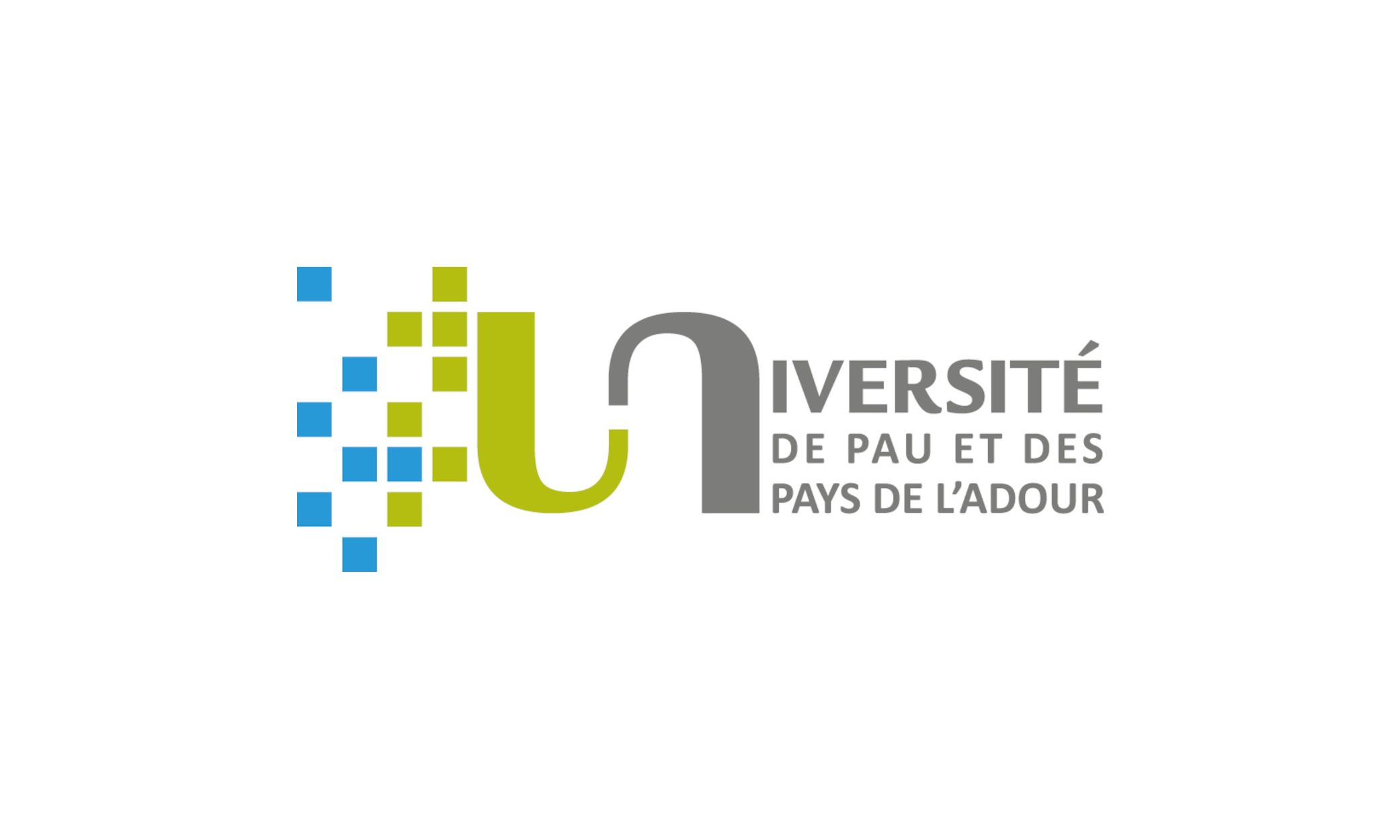
Data UPPA space on Research Data Gouv brings together research data produced by or in collaboration with University of Pau and Pays de l’Adour research teams. This space is administrated by UPPA. The data curation is organized by the Shared Service Center « CSP Numérique Recherche » as part of UPPA’s Plan for Open Science.
-
University of Poitiers (UP)
University of Poitiers (UP)
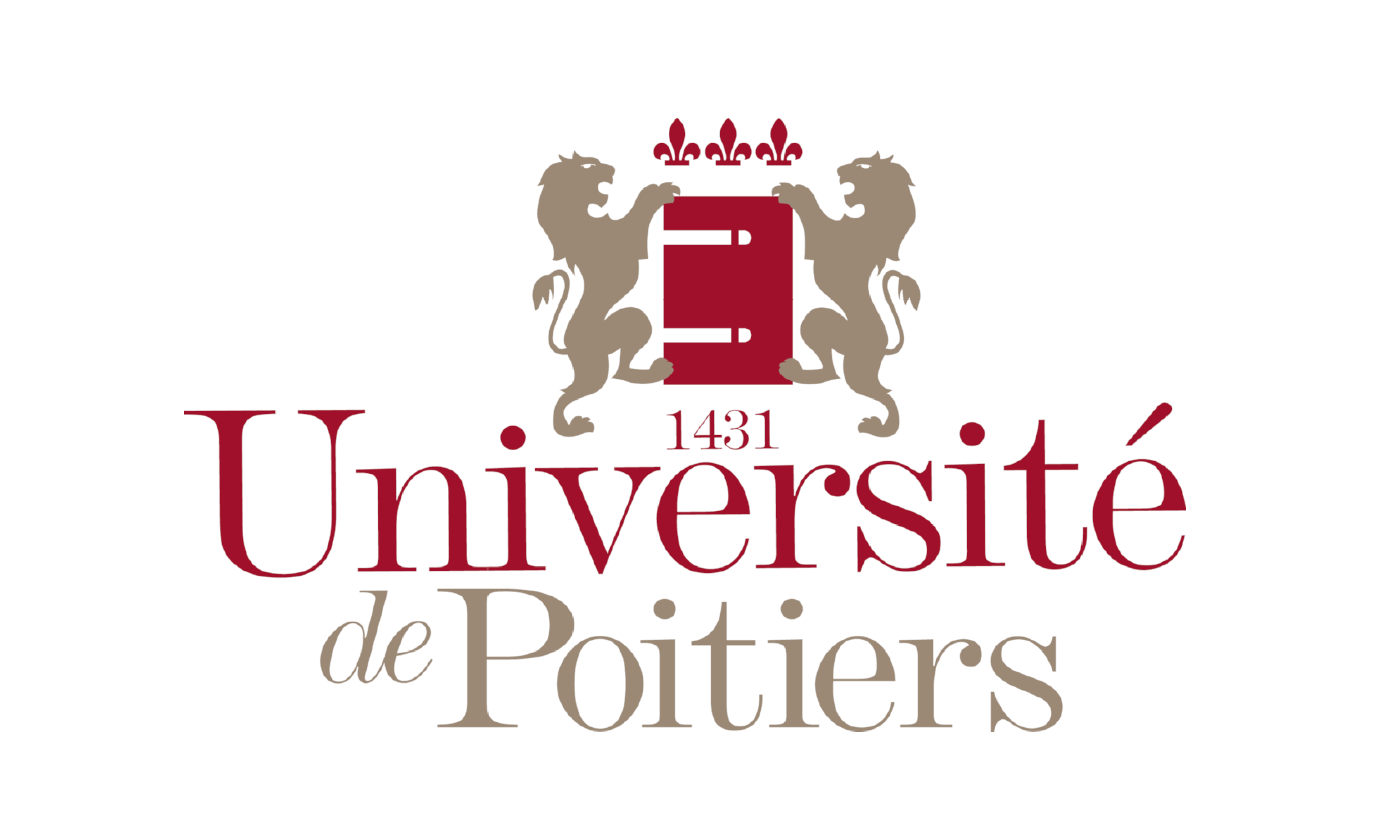
Université de Poitiers - Research Data : a repository for disseminating research data from the laboratories of the Université de Poitiers.
This generalist space complements the disciplinary service offerings of thematic reference centers.For example, many datasets produced by SHS laboratories are accessible on the Nakala [Huma-Num] repository.
Contact Univ-Poitiers data hub : donnees-recherche@univ-poitiers.fr
-
University of Rennes
University of Rennes
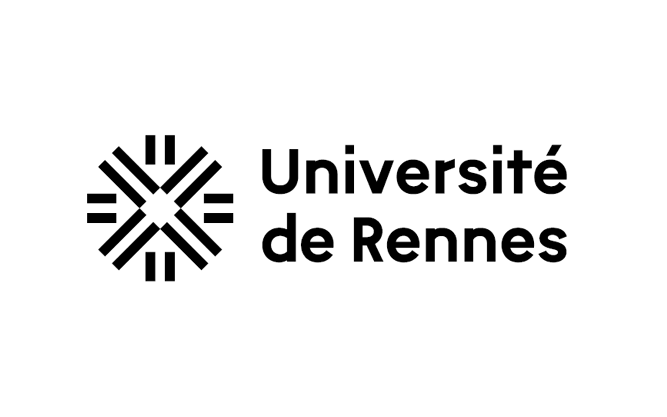
The University of Rennes is a public experimental institution (EPE) which brings together training departments, research centres, and five colleges (« grandes écoles ») : École des hautes études en santé publique (EHESP), École nationale supérieure de chimie de Rennes (ENSCR), École normale supérieure de Rennes (ENS Rennes), Institut national des sciences appliqués de Rennes (INSA Rennes), Sciences Po Rennes. The University of Rennes has been associated with the University of Rennes 2 since 1 January 2023 in order to develop interdisciplinarity and facilitate collaboration between institutions on the Rennes site.
To discover the university, please follow this link: https://www.univ-rennes.fr/en/presentation-university-rennes
The University of Rennes is involved in a proactive policy on open science. With the support of the ARDoISE data cluster, research teams are invited to share their data ‘as open as possible, as closed as necessary’. The institutional space of the ‘Research Data Gouv’ repository is available to them for this purpose.
For more information, please contact : guichet-ardoise@groupes.renater.fr
-
University of Rouen Normandy institutional data repository (URN Data Repository)
University of Rouen Normandy institutional data repository (URN Data Repository)
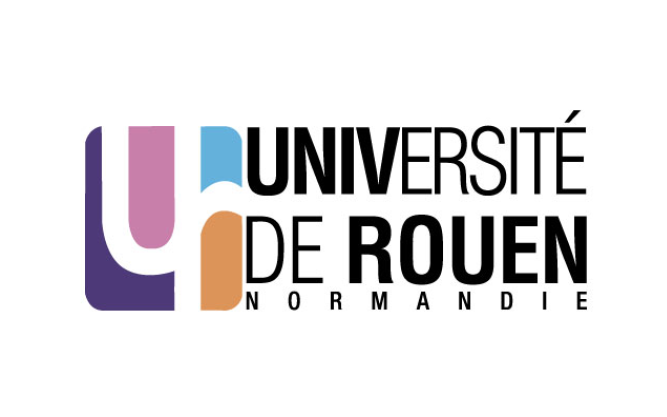
URN Data Repository is a multidisciplinary repository for all academic research of the University of Rouen Normandy (URN). The university promotes interregional research by developing numerous scientific partnerships, which have gained national and international acclaim in many fields. Research at the University of Rouen Normandy is structured around three main study areas and is the driving force behind scientific collaboration : Chemistry, Biology, Health ; Humanities, Culture, Societies ; Materials, Energy, Digital, Environment.
The University of Rouen Normandy is member of the Normandy Data Management Cluster, whose training offer is open to all Norman researchers.
For more information you can contact scd-chercheurs@univ-rouen.fr.
-
University of Strasbourg
University of Strasbourg
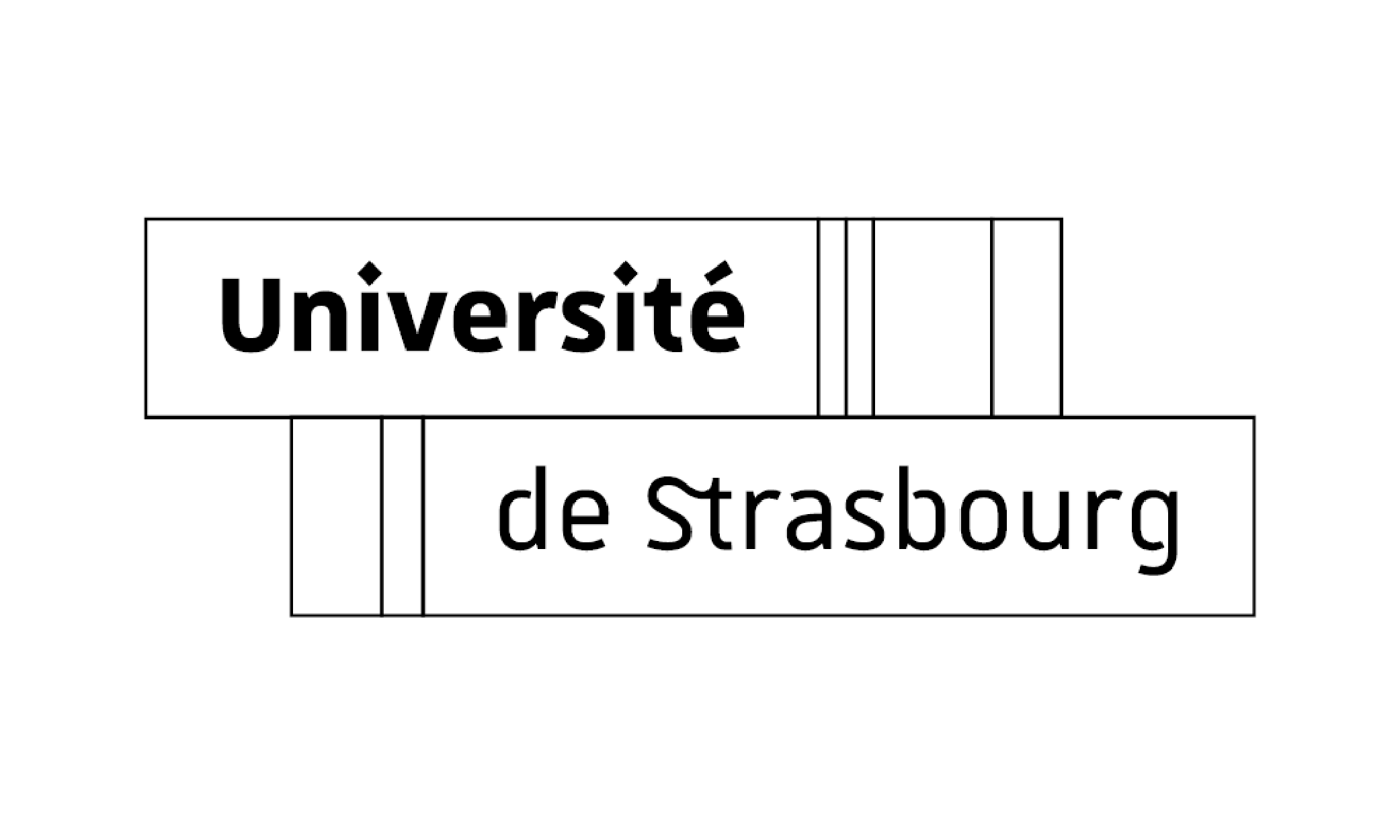
The University of Strasbourg (www.unistra.fr) fosters innovation and positions itself for future excellence in education and research. Our projects are fueled by our determination to achieve international prominence and to assert our position as a research leader. We are also committed to enhancing our curriculum and implementing facilities which will provide our students with the best possible learning environment. The University of Strasbourg is a major institution of national, European and international repute, with some 52,000 students, top-level teaching and research programmes. It is one of the top 5 requested destinations and 20% of its students come from overseas, representing 80 nationalities. The University of Strasbourg is a multidisciplinary university and one of only 4 sites in France awarded a long-term Excellence Initiative (IdEx). With its 35 components, 78 laboratories and research units, it is distinguished by the multidisciplinary and interdisciplinary nature of its training offer. The University of Strasbourg stands out for its teaching programme for and by research, conducted by 2,800 teacher-researchers (including five active Nobel Prize winners) who are at the forefront of their fields. Students therefore receive an education based on the latest scientific advances. Due to its geographical location and its shared history with its neighbour across the Rhine, the university is based on a dual Franco-German culture.
It is one of the 194 members institutions of the Franco-German university, created in 1997. In February 2019, the universities of Eucor – The European Campus adopted a joint strategic plan for research, teaching and innovation.
As one of the founder member of The League of European Research Universities it is also a major European university playing a leading role in the European landscape of higher education and research.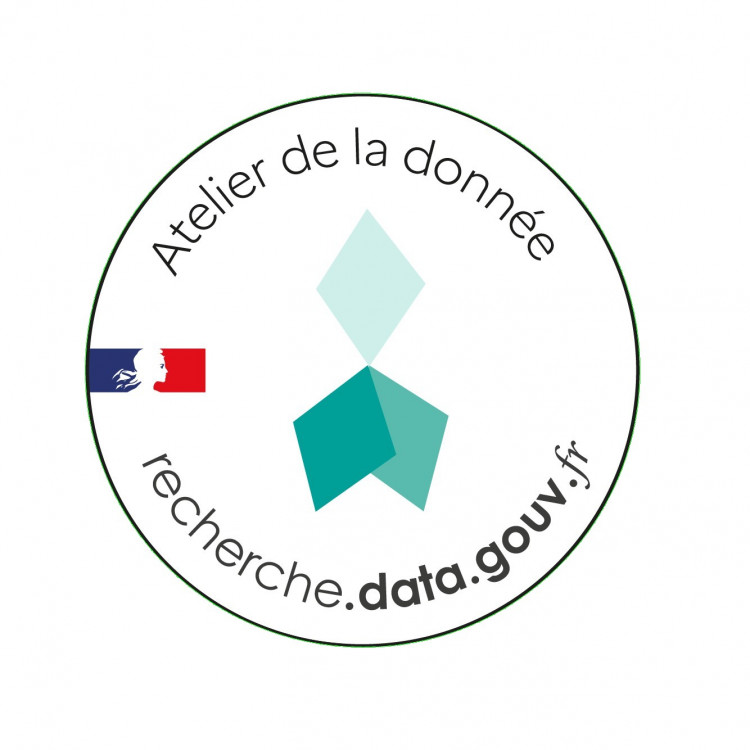
Discover the data management cluster of the Université de Strasbourg
ADELE - Atelier DonnéE aLsacE Helpdesk
-
University of Toulouse (Data UToulouse)
University of Toulouse (Data UToulouse)
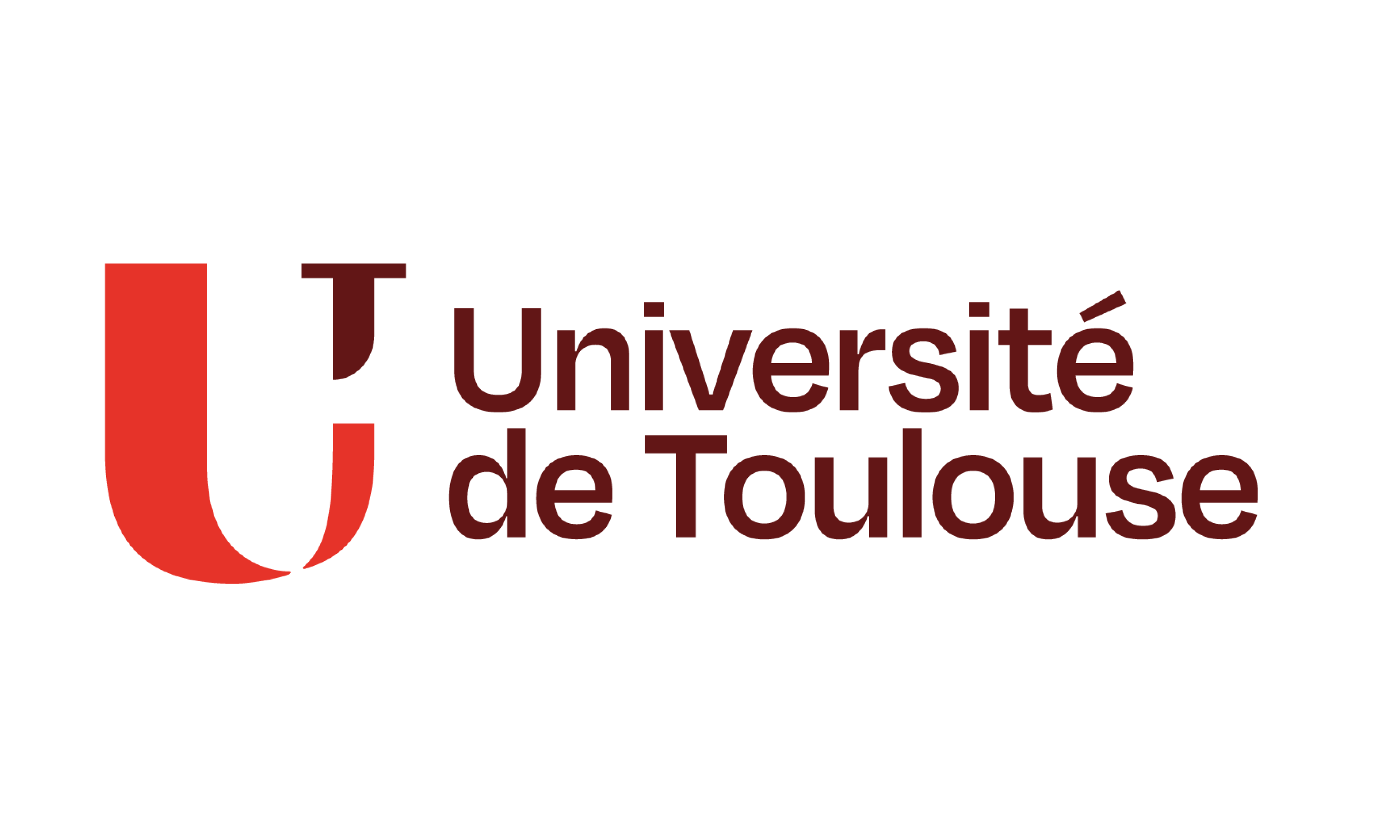
Welcome on the Research DataGouv space dedicated to the research data of the University of Toulouse.
Created on January 1st 2025, the University of Toulouse is an experimental public institution (EPE), made up of the former University Toulouse III – Paul Sabatier and a component institution, école d’ingénieurs de PURPAN.
Ranging from atoms to exoplanets, and including mass data, oncology, ecosystems, as well as the humanities and social sciences, research at the University of Toulouse covers a wide spectrum of scientific fields through 70 research structures, including 41 joint research units with its partners at the Toulouse site and at the national level.
The university is a member of Adoo, the West Occitania Data management cluster whose mission is to raise awareness, train, and support members of the West Occitania research laboratories in the responsible management of research data.
Contact : dmp@utoulouse.fr
41 - 54 sur 54 publications
